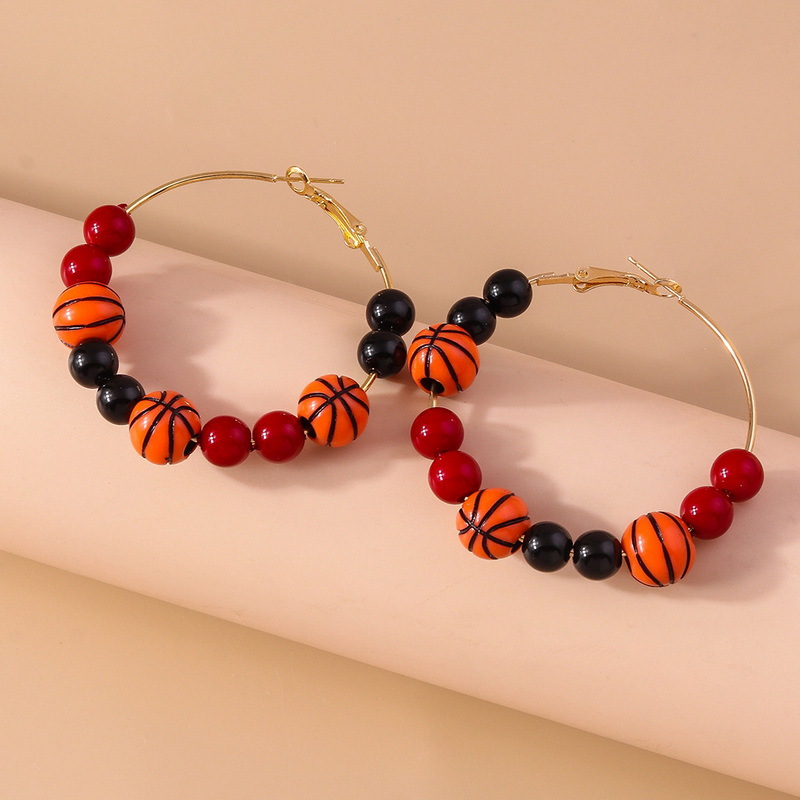How Profitable Is An Earring Business?
Time of issue:2024-09-30
Starting an earring business can be a thrilling entrepreneurial venture, but many wonder about its profitability. With a surge in fashion and handmade jewelry popularity, the earring market can be lucrative if approached strategically. In this article, we will explore the factors influencing the profitability of an earring business, helping you make an informed decision if you're considering venturing into this market.
Market Demand for Earrings
Before diving into the world of earrings, it’s essential to understand market demand. According to industry reports, jewelry, particularly earrings, remains a top seller in fashion retail. Seasonal trends, such as holiday gifting, special occasions, and events like weddings, create consistent demand for earring styles. Additionally, social media platforms have amplified visibility for jewelry, inspiring even more consumers to purchase unique pieces from small brands or artisans.
Creating Your Unique Selling Proposition
To stand out in a crowded market, you must establish a unique selling proposition (USP). Consider what makes your earring designs distinctive—be it the materials, craftsmanship, or theme. Are you focused on sustainability, catering to bridal parties, or tapping into niche markets like custom pieces? Your USP will not only attract customers but also enable you to price your products competitively without undervaluing your brand.
Sports Earing for Balls Tennis Football Olympic
Startup Costs and Expenses
The initial investments in starting an earring business can vary significantly. Key expenses may include materials, tools, packaging, marketing, and an e-commerce platform. For those interested in a handmade earring business, costs may start low, allowing you to create a few pieces initially. However, as your business grows, you may need to invest in higher quality materials and professional equipment to maintain product quality. It’s crucial to create a detailed budget, including both fixed and variable costs.
Pricing Your Earrings
To ensure profitability, careful pricing strategy is imperative. Analyze your material costs, labor, and overhead when determining your retail price. A general rule of thumb is to aim for a markup of at least two to three times your cost. However, additional factors, such as target audience and market positioning, should be taken into account. Evaluate competitors’ pricing to find a sweet spot that offers value without compromising on quality.
Marketing and Sales Channels
Marketing plays a pivotal role in the success of your earring business. Leveraging platforms like Etsy, Shopify, or even social media can boost visibility and drive sales. Collaborate with influencers to reach wider audiences, run social media ads targeting specific demographics, and engage with customers through email newsletters. Establishing a strong online presence is vital in attracting and retaining customers, as consumers increasingly prioritize online shopping.
Customer Retention and Loyalty
Building a loyal customer base can contribute significantly to your bottom line. Incorporate strategies that encourage repeat purchases. Consider loyalty programs, discounts for returning customers, or exclusive access to new collections. Personalizing customer interaction and ensuring excellent customer service can enhance overall satisfaction, fostering long-term relationships and referrals.
Challenges and Opportunities
Like any business, an earring enterprise faces challenges including market saturation, changing trends, and economic fluctuations. However, these challenges often come hand in hand with opportunities. For example, adapting to trending styles, exploring international markets, or diversifying product lines can expand your reach and profitability. Staying informed about market shifts and consumer preferences is essential for navigating the evolving landscape of the jewelry industry.
Questions and Answers
1. What are the startup costs for an earring business?
Startup costs typically include materials, tools, packaging, e-commerce fees, and marketing expenses, which can vary based on the scale of your operation.
2. How can I effectively market my earrings?
Utilize social media platforms, influencer collaborations, and e-commerce channels. Create compelling content to showcase your unique designs and engage your target audience.
3. Is it necessary to have a physical store to sell earrings?
While a physical store can be beneficial, many jewelers successfully operate online. E-commerce platforms can reduce overhead costs and enhance reach.
4. How can I ensure customer loyalty?
Focus on exceptional customer service, offer loyalty programs, and engage customers through personalized communication to cultivate long-term relationships.
5. What are common challenges in the earring business?
Market saturation, fluctuating consumer trends, and economic changes can pose challenges. Staying informed and adaptive is key to overcoming these obstacles.
In conclusion, an earring business can be profitable, given the right strategies and understanding of the market. By focusing on unique offerings, effective pricing, marketing, and customer retention, you can create a sustainable and flourishing earring business.
Keyword:

